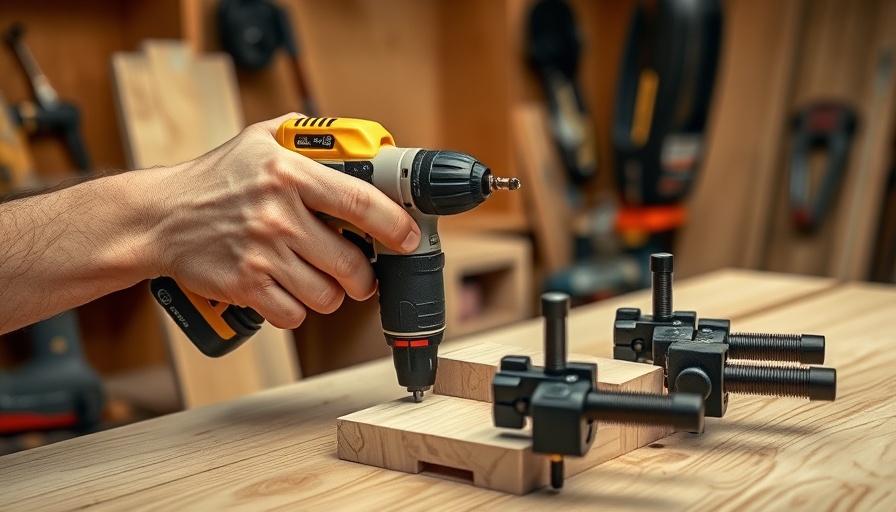
Why Wiring Your Heat Pump Thermostat is a Game-Changer
For homeowners in the MidSouth, maximizing home comfort and efficiency is not just about the aesthetics of your living spaces; it extends into enhancing the functionality of your heating and cooling systems. Wiring your heat pump thermostat is an empowering DIY task that can significantly improve your home’s energy efficiency. With just a little guidance, you can replace your outdated thermostat and boost your heat pump's effectiveness.
Understanding Heat Pump Thermostats
Before we dive into the wiring process, it's essential to understand what a heat pump thermostat does. Unlike traditional heating systems, heat pumps work by transferring heat instead of generating it. This means that your thermostat controls not just your heating but also your cooling, making it crucial for maintaining a comfortable living environment throughout the year.
Tools Needed: Get Ready for Your DIY Adventure
Start by gathering your tools. You’ll need: a non-contact voltage tester to ensure safety, a Phillips screwdriver, a small flathead screwdriver for precise jobs, and wire strippers to prepare your new thermostat’s connections. Additionally, some light-colored electrical tape or masking tape and mounting screws will come in handy.
The Step-by-Step Wiring Process
Ready to replace your thermostat? Follow these expert instructions from Micah Sherman, a highly regarded HVAC technician:
- Turn Off the Power: Safety first! Begin by switching off the power to your heat pump. This often involves locating the disconnect switch mounted near your air handler or furnace. If that’s not accessible, shut off the circuit breaker.
- Verify the Wiring: Remove the existing thermostat's faceplate and use your non-contact voltage tester to ensure there’s no power. Count and photograph the number of wires connected to the old thermostat, as this will guide you with your new installation.
- Remove the Old Thermostat: Gently unscrew and detach the wires, remembering to label them with tape. This process helps to avoid confusion during installation.
- Attach the New Thermostat: Secure the new thermostat’s base to the wall using the provided screws, threading the wires through as you go. Make sure the thermostat is level for optimal operation!
- Connect the Wires: Now comes the delicate part—attaching your wires to the correct terminals. Refer back to the photo you took; this will alleviate any second-guessing on which wire goes where.
Insider Tips for Successful Installation
Micah suggests that before completely sealing up your new thermostat, turn the power back on temporarily to check the wiring. Make sure everything is functioning correctly; this small step could save you challenges down the road!
Future Trends: Making Your Home Work Smarter
As homeowners become increasingly aware of energy efficiency and smart living trends, the integration of smart thermostats is becoming widespread. These devices allow for remote control via smartphone apps, promising even greater savings and convenience. Investing in such technology can guide you towards a more sustainable lifestyle while keeping your living environment comfortable.
Common Misconceptions About Thermostat Wiring
Many homeowners believe that thermostat installation is too complicated to manage on their own. However, as illustrated, following a simple step-by-step guide can demystify the wiring process. Understanding your home’s HVAC system equips you with the information needed to make informed decisions regarding upgrades.
Conclusion: Your Home, Your Comfort
Wiring a heat pump thermostat may seem daunting, but with the right information and tools, it becomes an achievable and gratifying project. By upgrading, you’re not just transforming your home’s aesthetic; you’re enhancing its functionality and efficiency. As you embark on this DIY journey, remember that each step brings you closer to a more comfortable and sustainable living environment!
If you’re still feeling a bit unsure, consider reaching out to local contractors or HVAC professionals who can offer guidance and support to ensure your project goes smoothly.
 Add Row
Add Row  Add
Add 



 Add Row
Add Row  Add
Add 
Write A Comment